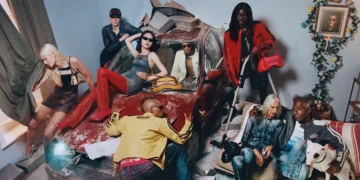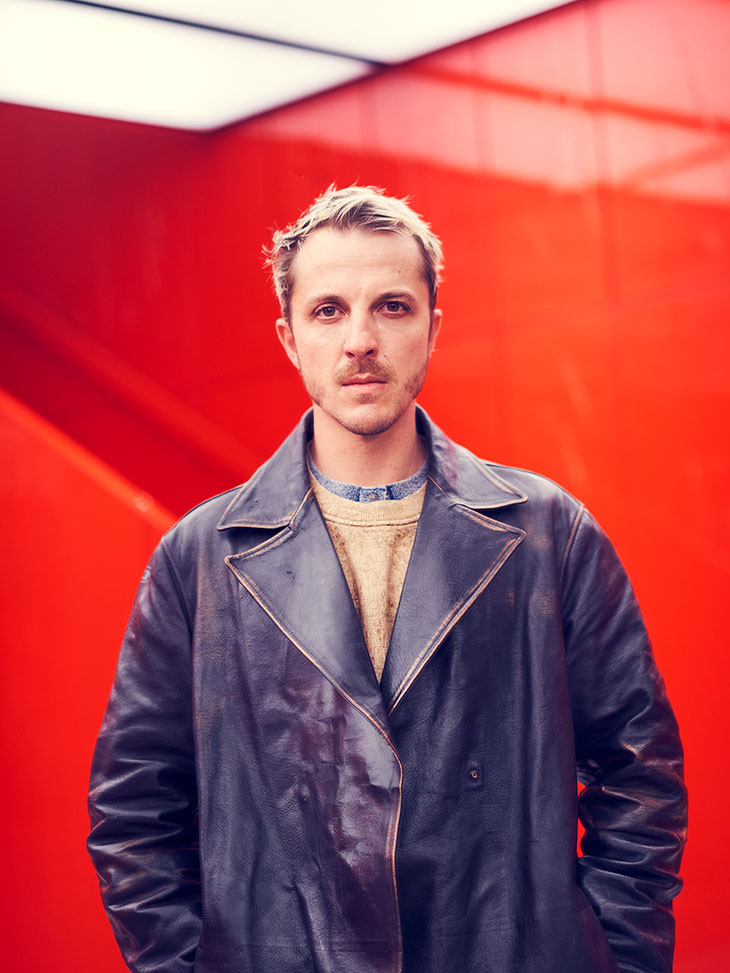
From its origins in the small town of Molvena in Northeast Italy, Diesel has transformed from a local denim brand into a global lifestyle powerhouse. This evolution over 35 years is a clear demonstration of the brand’s ambitious vision and innovative spirit. Choosing the name “Diesel,” which stands out as decidedly non-traditional for an Italian fashion house, speaks to the brand’s philosophy of embracing a global perspective and a universal visual language. This approach has propelled Diesel to international acclaim, offering a diverse range of products from clothing to accessories that resonate with consumers across the globe.
PRE-ORDER IN PRINT and DIGITAL
In the exclusive interview for DSCENE Magazine, Editor Katarina Doric sits down with Glenn Martens, exploring the journey, challenges, and triumphs of redefining Diesel for a new era.

Diesel’s journey is marked by a rebellious spirit, initiated by founder Renzo Rosso‘s decision to rebrand ‘Moltex‘ to ‘Diesel‘ in 1978, aiming to establish an authentic brand identity. At a time when the fashion landscape was rapidly evolving, Diesel chose to distinguish itself through a commitment to vintage aesthetics and high-quality denim, positioning itself against the transient trends of the time. This commitment to authenticity and quality catapulted Diesel to success, not just in Italy but around the world. Today, Diesel’s legacy of challenging the norm continues, driven by creative designs and provocative advertising campaigns that reinforce its position as a brand for the bold and the adventurous.
The narrative further evolves with the introduction of Glenn Martens, a dynamic force behind Diesel’s recent resurgence as a trendsetter in the word of controversial and edgy fashion. Born and raised in Bruges, Belgium, Martens brought with him an impressive pedigree; an education from Antwerp’s Royal Academy of Fine Arts, a stint as a junior designer under Jean Paul Gaultier, and a transformative leadership at Y/Project that saw the brand ascend from emerging status to a Paris Fashion Week staple. His unconventional yet thought-provoking designs have garnered both critical acclaim and a fervent following.
View this post on Instagram
Diesel has always been at the forefront of forward-thinking fashion, particularly noted during the ’90s and early 2000s. In Glenn Martens, the brand found the ideal partner to amplify its already strong presence. His arrival marked an exciting new chapter for Diesel, strategically orchestrated by Renzo Rosso, the brand’s founder and the president of the Only The Brave Group. Rosso, who had long envisioned Martens at the helm, aimed to further harness Diesel’s distinguished heritage of bold campaigns and denim mastery, guiding the brand into a new era distinguished by sustainability and innovation.
“We are pushing deeply in the major storylines: denim, utility, pop, and artisanal are always there, and we push experimentation with each of them.”
Initially teased with a Diesel Red Tag collaboration, Martens was soon given the keys to the brand’s creative direction, marking a significant moment in Diesel’s story. “Diesel makes denim for everybody that is disruptive and experimental. We experiment with denim itself, and then we play with trompe l’oeil, like the denim devoré that we have developed at Diesel.” Martens said. “It looks like it is disheveled or destroyed denim, but, actually, it’s embroidery onto a sheer base,” he added.

In his first months, he dove into Diesel’s archives, uncovering the raw elements that make Diesel a cult favorite. “Everybody can be part of Diesel,” he explains. His strategy was to use these aspects and infuse them with his signature disruptive innovation, particularly in denim design. “Diesel is a democratic brand, and denim is the clothing of the people. The know-how of denim at Diesel is unbelievable – we can create the craziest things. Diesel is fun, sexy, and it pushes everything to the extreme, including what we do with denim,” Martens emphasized Diesel’s essence as a denim-focused brand.
His debut collection for Spring Summer 2022 was a bold statement of intent, leveraging pandemic constraints to deliver a message through a compelling short film. This collection showcased Martens’ commitment to upcycling and sustainability, integral to Diesel’s new direction under his guidance. “We are pushing deeply in the major storylines: denim, utility, pop and artisanal are always there, and we push experimentation with each of them,” he said. The return of the signature ’00s Diesel “D” logo signified a homage to the brand’s heritage, now revitalized with Martens’ contemporary touch.
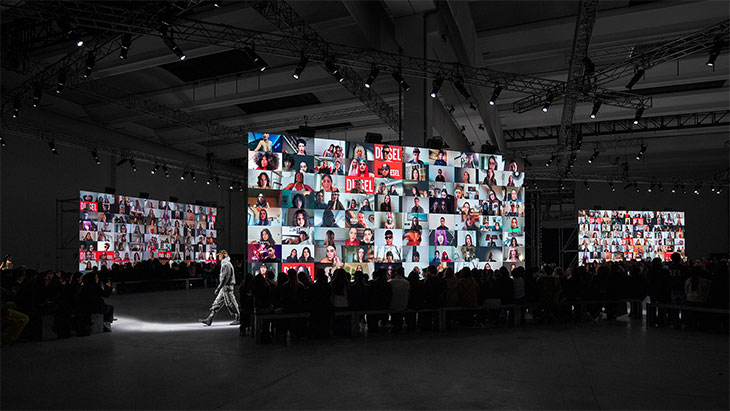
Martens has seamlessly integrated his penchant for subversion with Diesel’s historically provocative marketing, ensuring the brand’s messaging resonates with a its audience. Martens explains “The creative focus for Diesel is really on the surface, on the experimentation of materials, colors, graphics but trying to maintain shapes as simple as possible to let people be able to wear the collection easily but we also like to play at Diesel, and we are serious about it. Have fun, respect each other, be safe is what Diesel stands for.” His designs, while innovative and forward-thinking, nod to Diesel’s radical past, with campaigns that push boundaries and challenge societal norms. This blend of creativity and edgy messaging has reestablished Diesel’s place in the cultural zeitgeist, particularly among younger demographics seeking brands that stand for something more than just fashion.
Glenn Martens’ tenure at Diesel has been characterized by an audacious flair for the dramatic and the provocative, pushing the boundaries of traditional fashion shows into uncharted territories. “Diesel got people used to not do classic fashion shows – Diesel is the alternative,” Martens said. His Spring Summer 2023 show in Milan was a spectacle of provocation and playfulness, inviting attendees with an unusual yet bold invitation — a sizeable glass butt plug. This set the tone for an event unlike any other, with 3,000 seats opened to the public and the runway adorned with colossal, animated blow-up dolls that broke records for their size, embodying the essence of Diesel under Martens’ direction. Such audacious displays have become a hallmark of Martens’ approach, ensuring Diesel’s shows are not just about fashion but also about making bold cultural statements, securing the brand’s place as a must-watch in the fashion calendar.
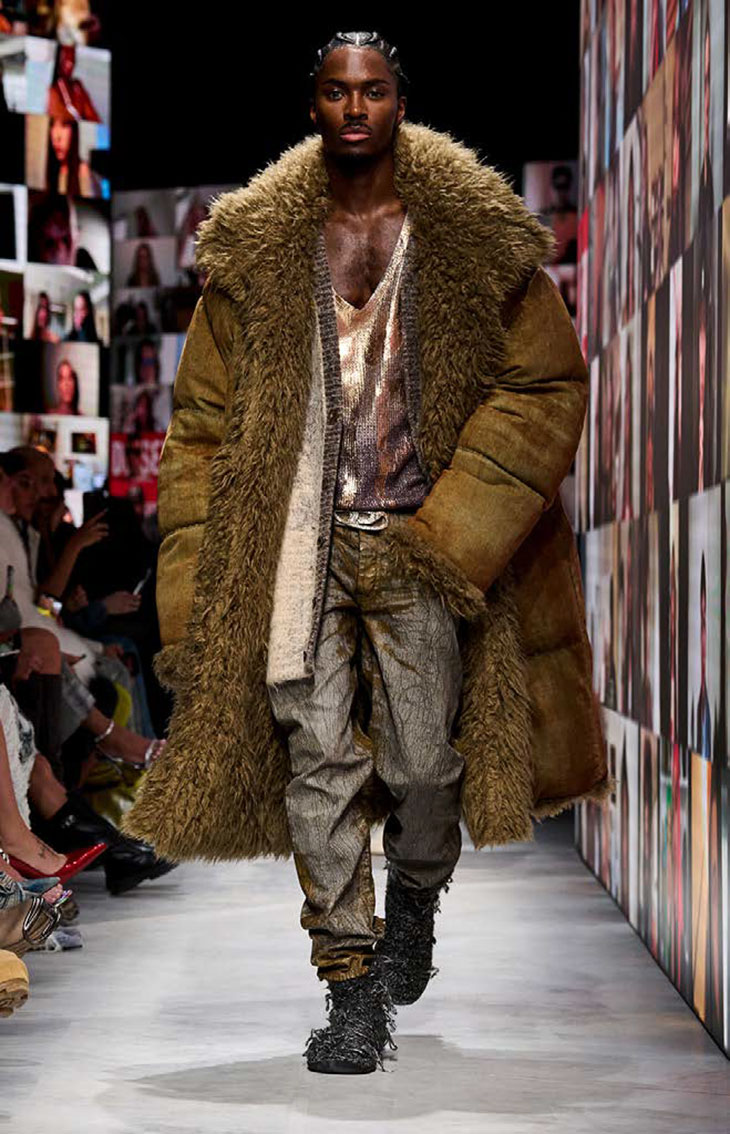
Martens continued to elevate Diesel’s shows with collaborations and community engagements that resonated well beyond the runway. The partnership with Durex, which saw the Fall Winter 2023 runway featuring a mountain of Diesel-branded condoms, was strong statement. This initiative, coupled with the distribution of additional condoms globally, highlighted Diesel’s commitment to community and social responsibility. Martens didn’t stop there; he embraced transparency and inclusivity by livestreaming the entire preparatory process for the Fall Winter 2024 show, from casting to the final rehearsal, culminating in a live Zoom call projected behind the runway. This innovative approach offered thousands a virtual front row seat, blurring the lines between the audience and the show itself. Through his groundbreaking presentations, Martens has redefined Diesel’s fashion shows and reimagined the possibilities of engagement and storytelling within the fashion industry.
“Diesel is all about fun, enjoying life, bringing excitement in an experimental and unexpected way, and it’s also socially responsible – it’s all the same energy. It’s how young people are today, they party, they push life to extremes, and they stand up for their beliefs, for their community.”
Martens’ designs are a reflection of his multifaceted approach, blending innovation with social commentary. “We are pushing deeply in the major storylines: denim, utility, pop and artisanal are always there, and we push experimentation with each of them. The creative focus for Diesel is really on the surface, on the experimentation of materials, colors, treatments and graphics but trying to maintain shapes as simple as possible to let people be able to wear the collection easily,” Martens acknowledges the complexities of being a creative director in today’s fashion landscape, here responsibilities extend beyond design to include political, social, and digital engagement. He has embraced these challenges, using Diesel as a platform to address broader issues while staying true to the brand’s core identity.
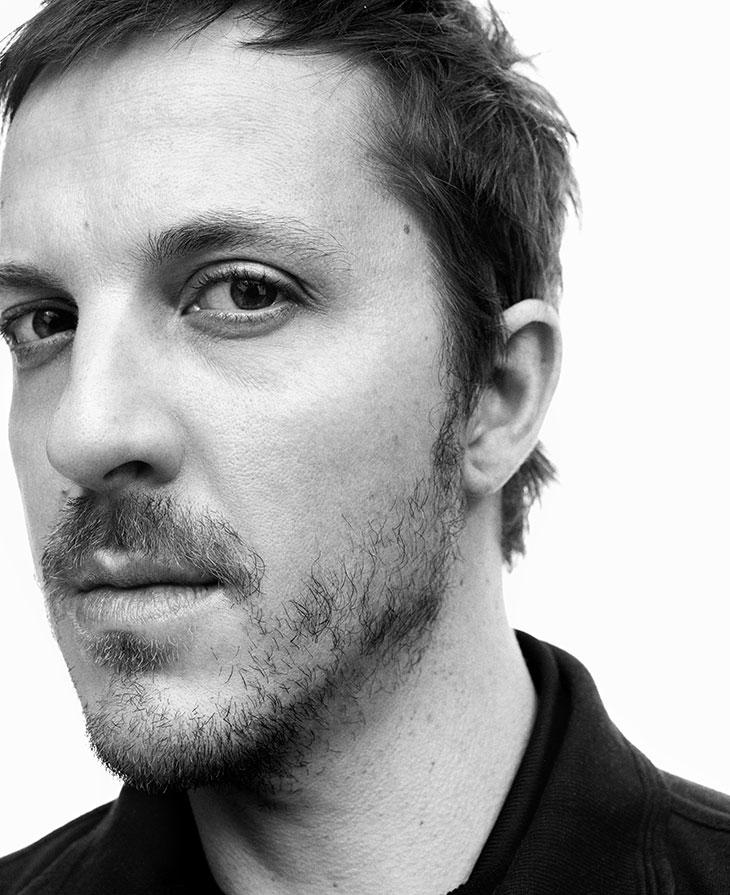
As Martens continues to shape Diesel’s future, his focus remains on reinforcing the brand’s identity and expanding its global footprint. He envisions Diesel as a brand that embodies fun, experimentation, and social responsibility, reflecting the values and attitudes of today’s youth. “The power of Diesel is that you can talk to so many people. Diesel is all about fun, enjoying life, bringing excitement in an experimental and unexpected way and it’s also socially responsible – it’s all the same energy. It’s how young people are today, they party, they push life to extremes, and they stand up for their beliefs, for their community. A mix of elements reveal the core values of the brand, the heritage together with fun, radicality, success,” says Martens. His leadership has not only revived Diesel’s core flame but has also established a distinct language and aesthetic that sets the brand apart in the industry. “This is what “for successful living” means to me and I am trying to live the very same way!” – he concluded.
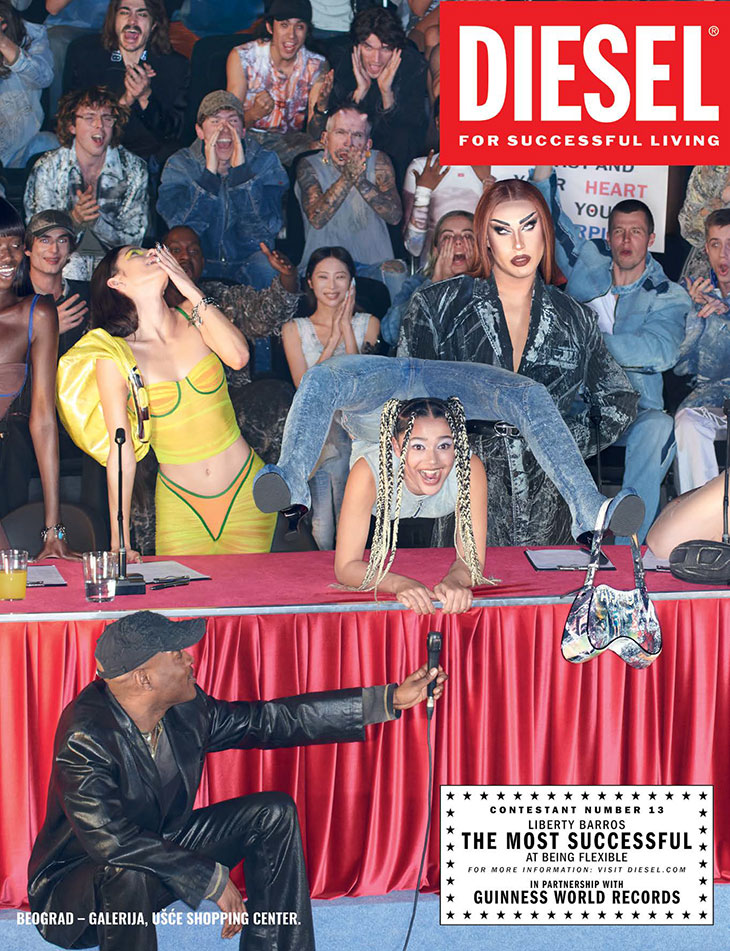
Glenn Martens’ tenure at Diesel has been a period of dynamic evolution and strategic innovation for the brand. With his innovative design, provocative marketing, and commitment to sustainability, Martens has further refined Diesel’s identity, solidifying its position as a leader in contemporary fashion. As Diesel continues to evolve under his creative vision, the brand’s future looks bright, promising originality, engagement, and success within the rapidly evolving fashion industry.
Words by Katarina Doric – @katarina.djoric
Keep up with Glenn Martens on Instagram – @glennmartens
Originally published in DSCENE Magazine’s “Line, Form, Space” Design Issue















